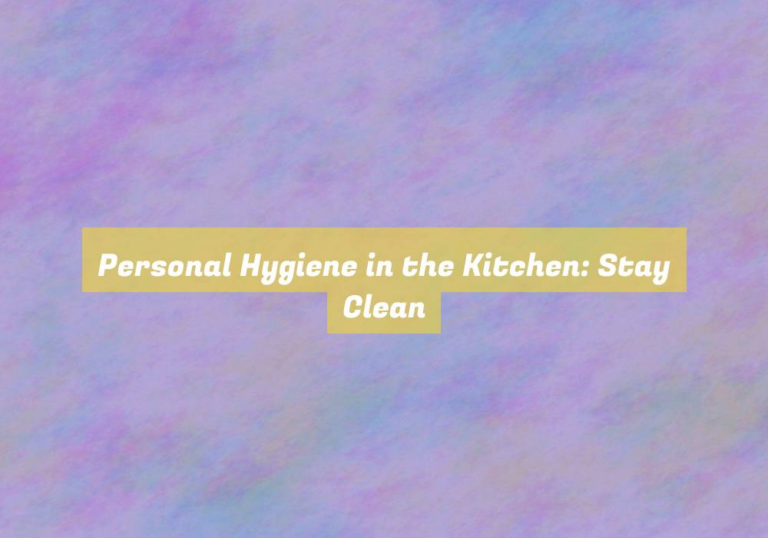Relaxation Techniques for Mindfulness and Stress Reduction
When life feels like a whirlwind, itG??s easy to lose sight of the present moment and get caught up in the chaos. But what if you could find a way to anchor yourself in the here and now, while also releasing the tension and stress that weigh you down?
There are simple yet powerful techniques that can help you achieve just that. These methods not only promote mindfulness but also work wonders in reducing stress levels, allowing you to navigate life with a greater sense of calm and clarity.
So, how can you tap into these practices to improve your overall well-being and find peace amidst the hustle and bustle?
Breathing Techniques
To practice breathing techniques effectively, focus on taking slow, deep breaths and exhaling fully. This deliberate approach calms your nervous system and promotes relaxation.
Begin by finding a comfortable, quiet place to sit or lie down. Close your eyes and place one hand on your chest and the other on your abdomen.
Inhale slowly through your nose, allowing your abdomen to rise as you fill your lungs with air. Hold your breath for a moment, then exhale slowly through your mouth, feeling your abdomen fall as your lungs empty.
Repeat this process, concentrating on the rhythm of your breath. As you continue, let go of any tension you may be holding in your body, allowing each breath to bring a sense of ease and tranquility.
By practicing this regularly, you can train your body to respond to stress with calm and controlled breathing, ultimately enhancing your overall sense of well-being.
Mindful Meditation
Incorporate mindful meditation into your daily routine to cultivate a greater sense of self-awareness and emotional well-being.
Mindful meditation involves focusing your attention on the present moment without judgment. Find a quiet, comfortable space to sit or lie down. Close your eyes and take a few deep breaths to center yourself. Begin by bringing your awareness to your breath, noticing the sensation of each inhale and exhale.
As thoughts arise, acknowledge them without attachment and gently guide your attention back to your breath. You can also focus on a specific mantra or object, such as a candle flame or a calming image, to anchor your mind.
Through consistent practice, mindful meditation can help reduce stress, increase mental clarity, and enhance overall well-being. It allows you to observe your thoughts and emotions without getting caught up in them, promoting a sense of calm and inner peace.
Set aside just a few minutes each day to prioritize this practice and experience its profound benefits.
Progressive Muscle Relaxation
Start by finding a comfortable position, either sitting or lying down, for progressive muscle relaxation. Close your eyes and take a few deep breaths, allowing yourself to fully relax.
Begin by focusing on your feet. Tense the muscles in your feet for a few seconds, then release and let them relax. Move your attention slowly up through your body, tensing and then releasing each muscle group. As you progress, notice the difference between tension and relaxation. Feel the warmth and heaviness as the tension melts away.
Continue this process, moving through your calves, thighs, abdomen, arms, and all the way up to your face and scalp. Take your time with each muscle group, and pay attention to the sensations as you release the tension. Allow your body to sink deeper and deeper into a state of relaxation with each muscle you release.
Embrace the feeling of calmness and serenity that comes with this practice. When you have finished, take a few moments to enjoy the profound sense of relaxation and peace you have created within yourself.
Visualization Exercises
Close your eyes and imagine a peaceful place where you feel completely at ease and relaxed. Visualization exercises are a powerful tool for reducing stress and promoting mindfulness.
By creating vivid mental images of serene environments or positive experiences, you can transport yourself to a calmer state of mind. Start by picturing a tranquil beach, feeling the warmth of the sun on your skin and hearing the gentle sound of waves lapping the shore. Visualize a lush forest, with sunlight streaming through the trees and birds singing softly in the distance.
As you immerse yourself in these imaginary scenes, focus on the sensory details to make the experience as real as possible. You can also visualize yourself successfully overcoming challenges or achieving your goals, reinforcing a sense of confidence and resilience.
The key to effective visualization is to engage all your senses and emotions, allowing yourself to fully experience the peace and positivity of the mental imagery. Practice this technique regularly to cultivate a greater sense of calm and well-being in your everyday life.
Conclusion
In conclusion, practicing relaxation techniques such as deep breathing, mindful meditation, progressive muscle relaxation, and visualization exercises can greatly reduce stress and promote mindfulness.
By incorporating these techniques into your daily routine, you can experience a sense of calm and improve your overall well-being.
Take the time to prioritize your mental health and explore these techniques to find what works best for you.
Remember, a little mindfulness can go a long way in managing stress.








I really resonated with your thoughts on finding center amidst life’s chaos. It’s so easy to become overwhelmed by daily pressures, and our natural tendency is often to just push through without pausing to breathe. Your emphasis on breathing techniques reminds me of how transformative simple mindfulness practices can be.
I really appreciate your thoughts on this; it’s refreshing to see someone connect with the idea of finding our center amidst the daily whirl. Life does have a knack for throwing chaos our way, doesn’t it? It can be easy to get swept up in the demands, racing from one task to the next, often forgetting to pause for even a moment of reflection or calm.